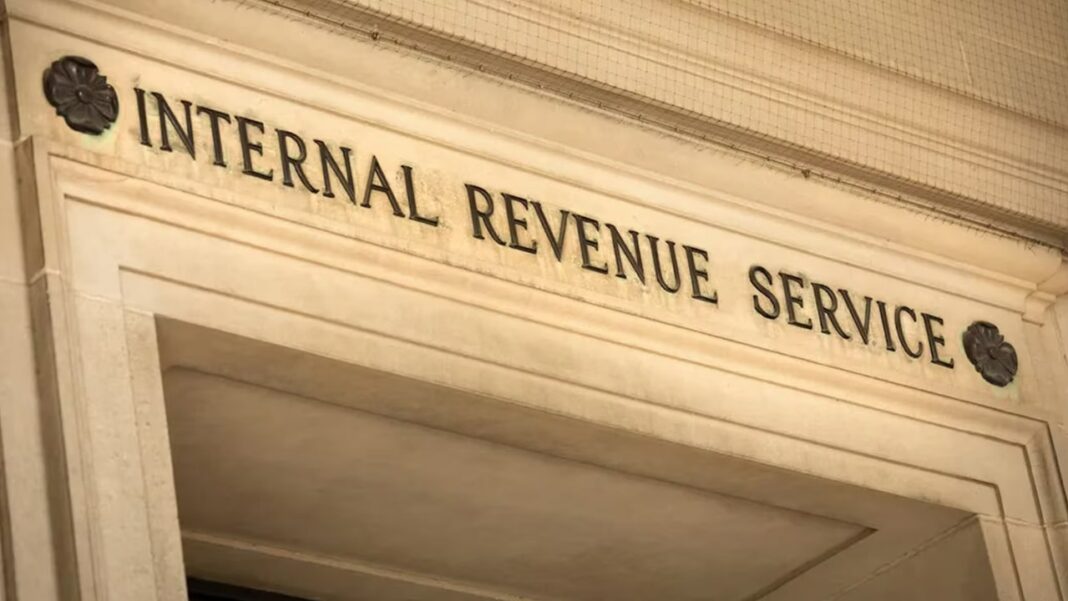Cryptocurrency is still in its infancy and non-fungible tokens (NFTs) are an even newer asset class, only coming to mainstream notice in 2017 with the launch of CryptoPunks. So it’s no surprise that historic policies and laws are still catching up to the new realities of digital asset ownership.
Case in point: Last week, the U.S. Internal Revenue Service (IRS) published a document requesting comment and proposing new guidance on the tax treatment of NFTs. The statement, Notice 2023-27, questions whether NFTs should be classified the same as traditionally accepted collectibles like stamps, physical artworks and fine wine. It also leaves open to interpretation whether digital art can be included in the category of collectibles, or whether it needs a new category of its own.
Deciphering the current IRS guidance on NFTs
Historically, IRC Section 408 includes only five categories of assets categorized as collectibles: art, rugs or antiques, metals or gems, stamps or coins and alcoholic beverages. Section 408 gives the IRS authority to define new collectibles, but it specifically notes these must be “tangible personal property.” Miles Fuller, head of government at crypto tax firm Tax Bit and former IRS chief of counsel, calls this predicament a “legal rub.”
“The IRS actually can’t, at a regulatory level, say they’re categorizing all NFTs as collectibles because NFTs aren’t tangible,” Fuller explains.
Nonetheless, he considers Notice 2023-27 a promising step towards increased clarity regarding the tax liabilities of NFT collectors. In particular, the IRS intends to treat NFT as collectibles if they are associated with a physical item, an interpretation described in the document as a “look-through analysis.”
There are a few specific cases where this look-through analysis will come in handy already. For instance, the fractionalized NFT platform Otis sells NFTs linked to physical assets like rare books and trading cards, or companies like the BlockBar, a Web3 company focused on NFTs linked to real-life rare wines and liquor. In these scenarios, an NFT may serve a similar purpose as a title or property deed, explains Fuller. The IRS is not necessarily interested in taxing the NFT as an asset in and of itself, when really it’s the token’s tie to a physical asset that makes it valuable.
“The IRS is not trying to tax the technology,” Fuller said. “It’s just trying to tax the economic unit that the technology gives rise to. The tax code is all about taxing the actual economic property.”
The notice also appears to question whether the look-through analysis applies to digital art files themselves and whether digital art can be classified as a collectible like its physical counterparts. Justin Macari, a New York-based certified public accountant, predicts the IRS will look closely at intellectual property (IP) rights when determining whether a digital asset has collector value. In the notice, the IRS lists both topics in the list of requested feedback, asking:
-
How might the potential for the owner of an NFT to receive additional rights or assets (such as additional NFTs) due to ownership of the NFT (even in the absence of a specific contractual right under the NFT) be treated?
-
What factors might be relevant if the NFT’s associated right is less than full ownership of an asset (for example, if the associated right is simply personal use of a digital file).
“I think it’s going to come down to IP use,” Macari told CoinDesk. “I’m going to be writing to the IRS to give comments here because there’s so much to be said.”
Macari cited the example of Snoop Dogg, who owns Bored Ape #6723. Bored Ape owners have rights to the IP associated with their NFTs. As Macari argues, if owning the NFT attached to a particular profile picture (PFP) or 1-of-1 NFT gives someone the right to create physical merch and profit-generating franchises, this could be a clear identifier of long-term collector value. In contrast, NFTs that simply represent digital assets, such as metaverse land, more closely resemble the IRS’ definition of normal capital assets and would be taxed accordingly.
Normal capital assets are taxed at a rate ranging from 0% to 20% based on a person’s income level, whereas collectible assets are taxed at a 28% rate. Despite the potential increase in tax rate for NFT collectors, both Fuller and Macari believe increased clarity is a net positive.
“I see this [notice] as a good thing because it gives way more legitimacy to NFTs as a whole,” Macari said.
How to submit comments to the IRS
If you have thoughts on the matter, you can submit comments in writing on or before June 19, 2023. Make sure you should include a reference to Notice 2023-27.
The easiest way to have your comment considered is electronically via the Federal eRulemaking Portal at www.regulations.gov (type “Notice 2023-27” in the search field on the Regulations.gov home page to find this notice and submit comments).
Learn more about mailed-in comments and what questions the IRS needs input on by reading the full notice.



















